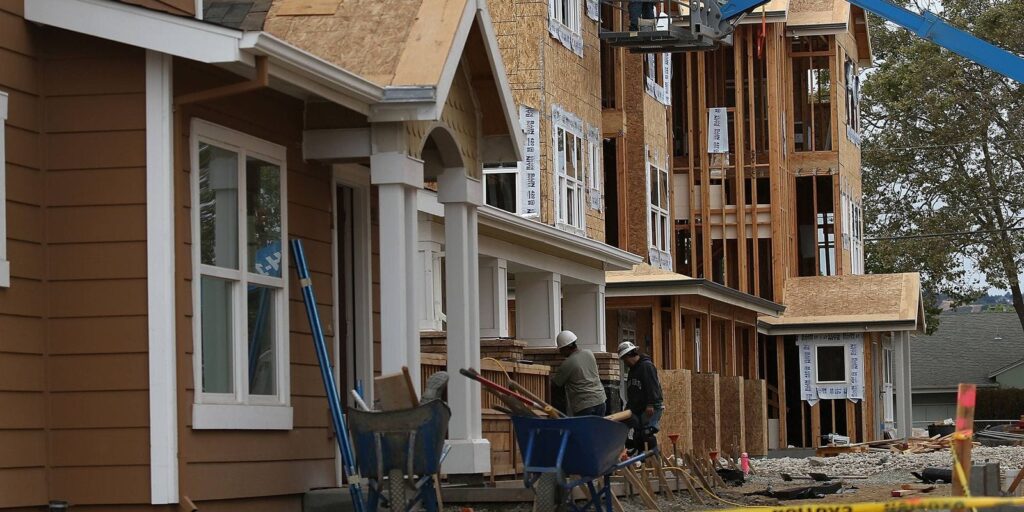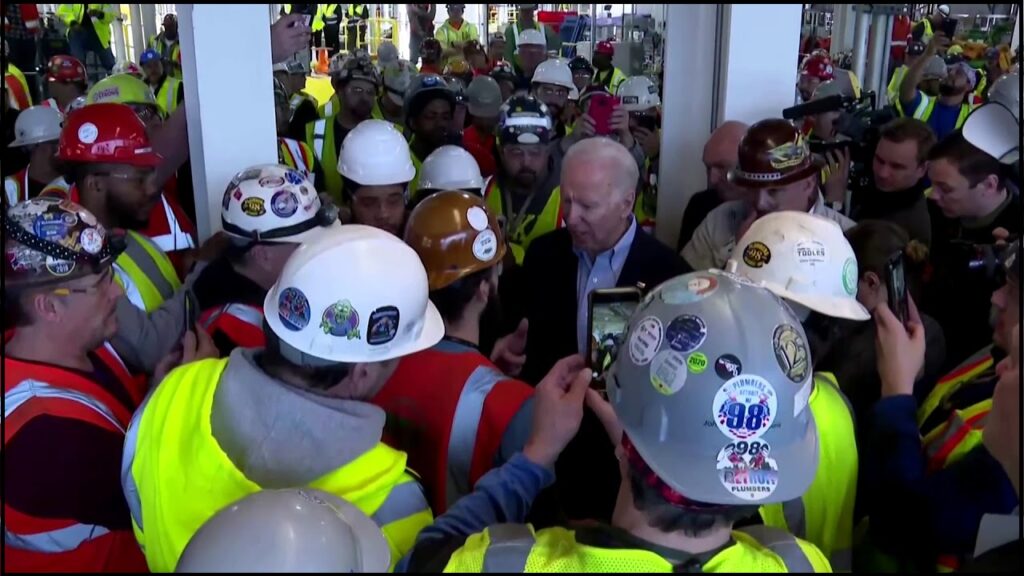⁜
Inflation is The Underlying Problem and It Will Get Worse
by Sundance at Conservative Treehouse
The U.S. Census Department releases retail sales data today showing a strong contraction in consumer spending for July [MSM LINK]. The out-of-touch financial pundits were looking for a 0.3% decline; however, the drop was four times greater with a contraction of 1.1% in spending.
“The slide in retail sales comes after Friday’s preliminary consumer sentiment report from the University of Michigan showed one of the largest drops on record, leading some strategists and economists to warn of downside risk to the sales data.” (link)
 This should not be unexpected for those who read here. Massive price inflation on essential goods is eating up wages. Food, fuel and energy price increases are changing consumer spending habits. Non-essential purchases have stopped….. they haven’t slowed, they have stopped. ←Emphasize this because it is not showing up yet in the data lag.
This should not be unexpected for those who read here. Massive price inflation on essential goods is eating up wages. Food, fuel and energy price increases are changing consumer spending habits. Non-essential purchases have stopped….. they haven’t slowed, they have stopped. ←Emphasize this because it is not showing up yet in the data lag.
The data reflects that auto sales were the primary contributor to the decline in spending (-4.3%). This should make sense to people because auto purchases are the largest general consumer purchase outside of home purchasing.
When purchase decisions are made by families; and food and fuel prices are skyrocketing; replacing a vehicle is not essential. Auto sales are a key indicator of consumer confidence and income.
Overall inflation is the primary driver. Real wages are declining (wages – inflation), and disposable income is dropping quickly. Americans need to start talking very deliberately about what is about to happen. CTH predicted this and has been walking through the visible outcomes as each set of new data surfaces {SEARCH BOX}. Nothing happening right now is unforeseen or not easily understandable.
There is a cascading effect that happens within the economy. Income shrinks, then spending shrinks, then employment shrinks and work hours reduce. It is an unavoidable outcome inside the middle-class economy.
Two-thirds of our national economy (GDP) is dependent on middle-class consumer spending. Any impact to that spending cornerstone triggers downstream consequences. Large ticket items (like cars) are the first to drop. [Car sales have declined 10.4% from their peak in April.] Luxury goods in general come next.
Wage-earners, families around the table, husbands and wives, start making decisions on finances based on income outlays. The roof over your head is the priority; then comes food, and the prices are rising; then gasoline, and again rising prices; finally facilitating expenses for work and school.
 I said in June, at a macro level home prices had reached their peak (last two weeks of May, first two weeks of June was apex). Obviously, there are some geographic home value increases still happening as COVID related regional issues and work opportunities are shifting populations. There is also a lag and ripple effect that takes time to work through the economy. The macro-apex will not be visible until next year.
I said in June, at a macro level home prices had reached their peak (last two weeks of May, first two weeks of June was apex). Obviously, there are some geographic home value increases still happening as COVID related regional issues and work opportunities are shifting populations. There is also a lag and ripple effect that takes time to work through the economy. The macro-apex will not be visible until next year.
People go where the work is, and the work is in the freedom zones (red states/regions). Population shifts keep some area home prices increasing. However, on a national macro-level the apex has been reached. People cannot afford higher mortgage payments and simultaneously deal with massive inflation on essential purchases.
Economic pressure works to the benefit of the command and control authority who wish to force vaccinations upon people. The fear of losing a job becomes more of an issue for people when income security is threatened and they see food prices rising so quickly. It is unnerving, unsettling and for paycheck-to-paycheck families extremely stressful. This creates leverage for corporations to require vaccinations for employment. I wish I had the answers; alas, I do not.
Bottom line is… Depending on your personal situation, prepare yourself now for prices to continue rising on both consumable and durable goods. In the longer term, specifically due to a lack of purchasing, durable good prices will level and eventually drop. Less people buying stuff makes prices drop as competition triggers and businesses selling durable goods look to survive. Unfortunately at that point we are usually headed to a recession.
The downside for a drop in durable good purchasing is the workforce behind the manufacturing, distribution and sale of those goods are at risk of losing employment. Again, a natural outcome. For the auto-industry, and heavy industrial manufacturing, this is the time of year when retooling is taking place and some manufacturing and production lines are closed. However, when they return to production those companies might be shocked to find fewer purchase orders for the goods they produce.
Employment is currently stable (especially in the freedom zones); but we should watch for continued signs of consumer spending contraction. Any employment contraction will be made worse by the millions of illegal aliens now purposefully permitted to enter our nation.
Keep in mind, the Federal Government is pumping money into their command and control economy. This short-sighted (I would say purposeful and ideological) monetary and economic policy is contributing to massive inflation.
Inflation puts pressure on incomes and savings…. which puts demands on government to support income losses…. which leads to govt pumping more money. This is the dependency and welfare cycle that seems intentionally being deployed by Biden and the socialists behind him.
FORBES – “Consumers spent less last month than economists had expected, buying fewer things online and holding off on car purchases, the Census Bureau reported Tuesday morning, following Friday’s report of “a stunning loss of confidence”
[…]Consumers spent 1.1% less in July than June, more than the 0.3% decline economists cited by MarketWatch had been expecting, after increasing 0.7% the previous month. The decline was driven by the lack of motor vehicle sales, which fell 4.3%. Nonstore retailers, which includes online shopping, fell 3.1%” (link)

